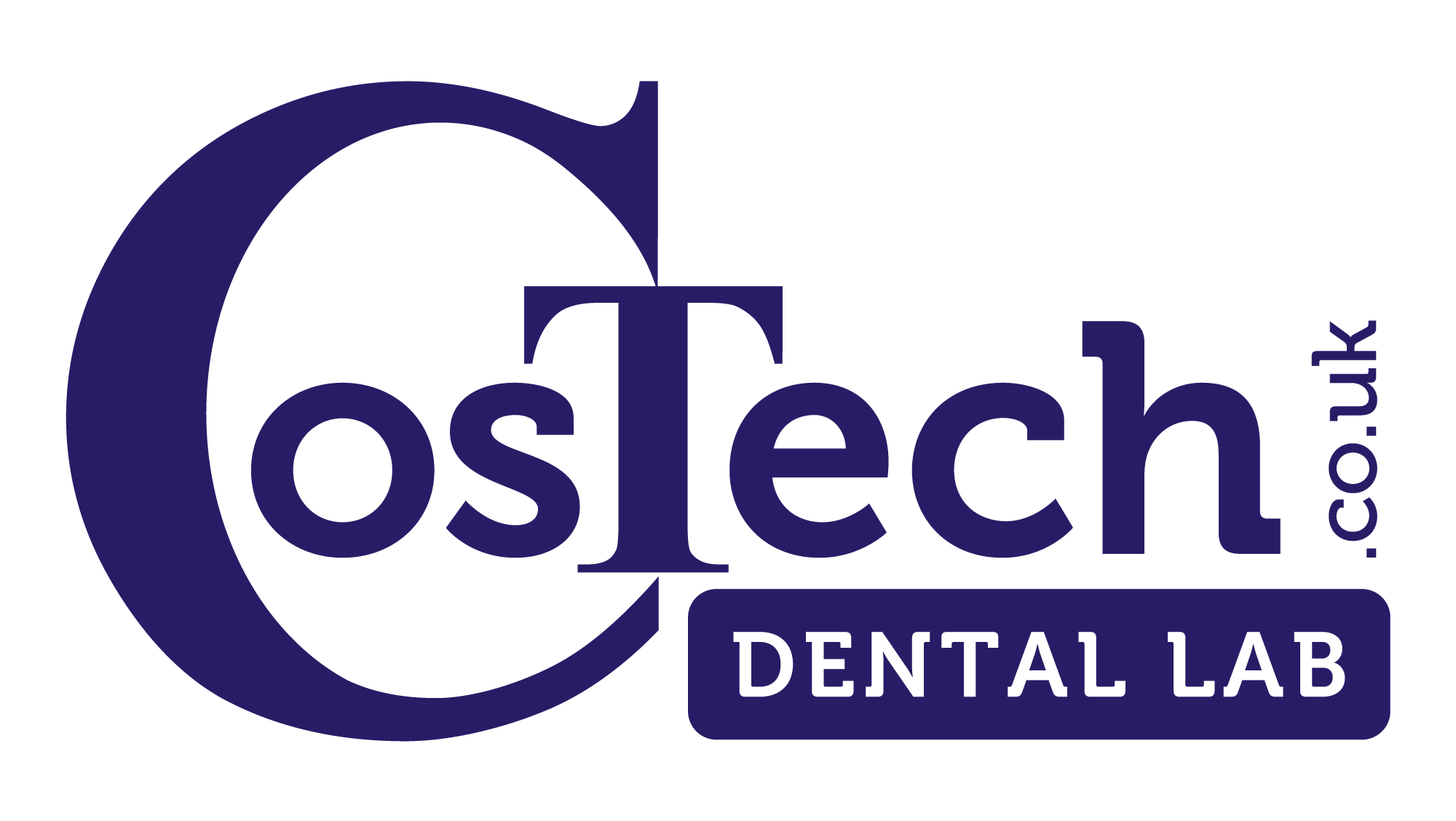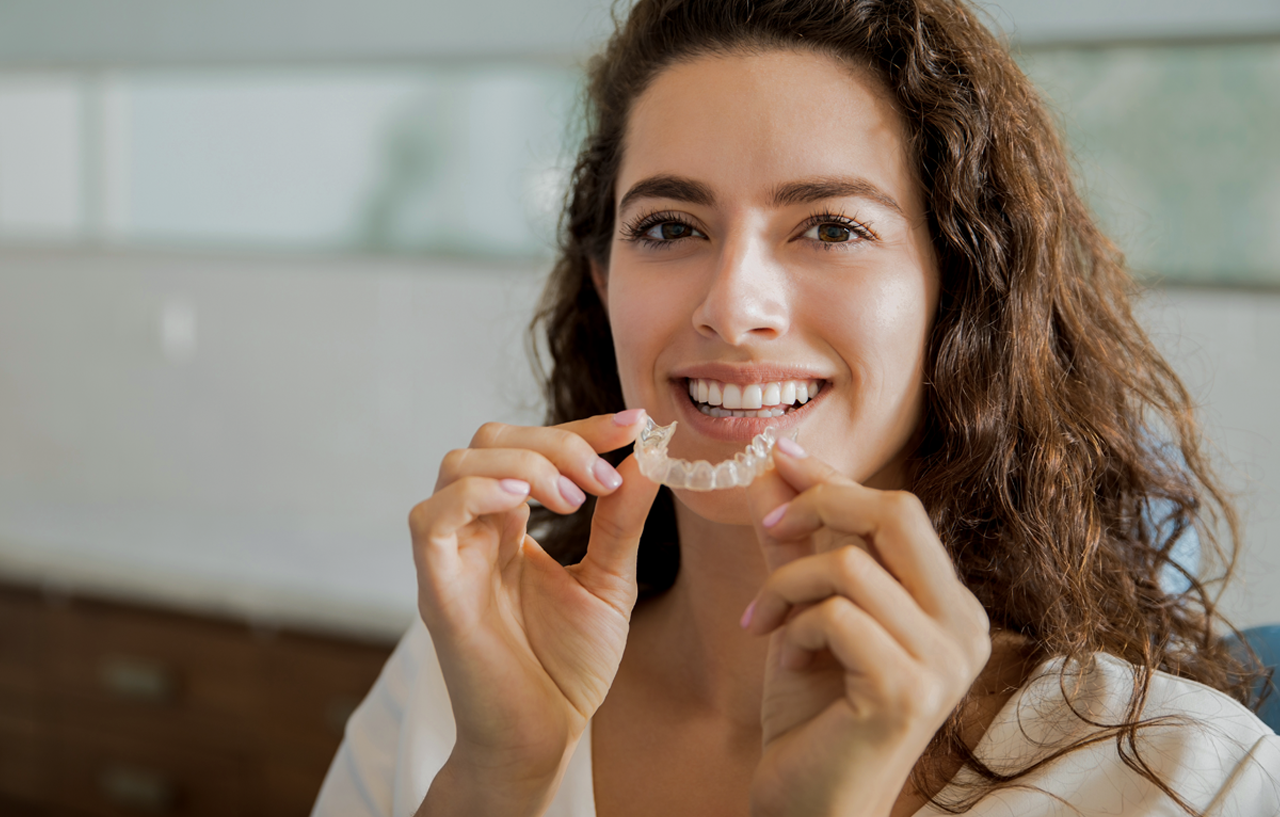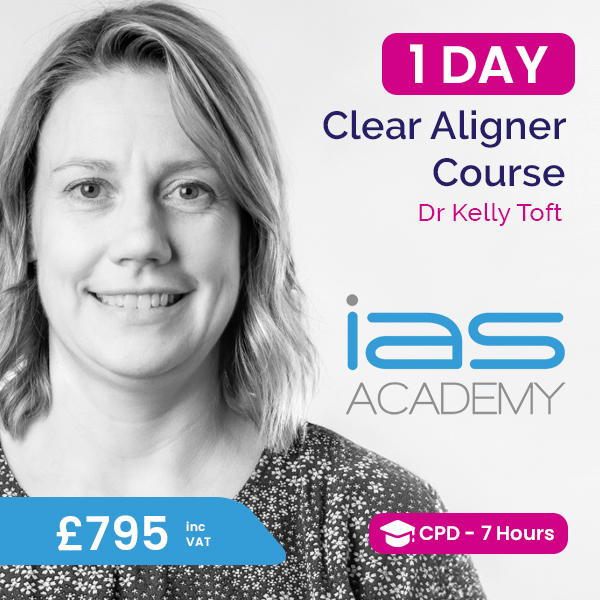Smile Direct Club (leading direct to consumer aligners company) has filed for bankruptcy, leaving patients in the lurch on treatment and reminding others that their best bet is to see an actual dentist for aligners.
While Smile Direct’s low fees were popular with patients, the treatment level involved fell short of what they’d get from an actual dentist. Here are four areas where Truvinci Aligners provided by CosTech’s clients outclass Smile Direct and other direct to consumer companies:
1. In person assessment and check-ups
Direct to consumer aligner companies try to reduce costs by reducing or even eliminating dentist contact completely. Instead, they require patients to take their own impression at home and maybe check in remotely with pictures or a video chat.
This remote approach is not a substitute for proper in-clinic assessment by a dentist. Patients are in much safer hands seeing their dentist, ideally with their full patient history to hand when checking suitability for aligner treatment. This also allows the dentist to recall the patient during or after treatment, making sure everything is going to plan and correcting any issues that may arise.
2. Orthodontist-led planning and support
Many aligner companies claim to use AI-led treatment programs but in practice this is often used to mask a lack of Orthodontist support during planning. In reality the tooth movements may be auto-set by a computer and overseen by a technician with little to no qualification in orthodontics.
We would strongly encourage patients and dentists to use an orthodontist-led aligner system for all cases. This way you can rest assured that the treatment plans are appropriate, tailored correctly to the patient and that qualified support is on hand if needed.
3. Better aesthetics through IPR (interproximal reduction)
Careful use of IPR before and during aligner stages can create space between the teeth and make treatments suitable for otherwise ineligible patients. Reshaping the teeth like this also improves the final aesthetic by reducing the dreaded black triangles some patients might otherwise see at the end of treatment. Naturally, IPR isn’t an option for self-prescribing patients!
4. Fine-tuned results with precision attachments
Attachments (or buttons) are tiny nubs in various shapes that dentists can apply to teeth before aligner treatment. They let the aligners apply additional grip or force precisely where it’s needed and are a valuable tool in moving individual teeth safely. Attachments are straightforward for a dentist to apply but like IPR they’re totally unsuitable for direct-to-consumer systems.
Truvinci Aligners
Designed by Orthodontists. Trusted by Dentists.
Smile Direct’s exit leaves $1 billion worth of market share on the table, making this the perfect time to start offering aligners at your practice. At CosTech we offer no-obligation treatment planning with Truvinci Aligners and competitive all-inclusive pricing.
Truvinci Aligner cases are designed for your patients by Orthodontists who remain on hand to discuss, adjust and troubleshoot treatments with your practice team. The Truvinci system works for both simple and complex cases and incorporates use of attachments and IPR as needed for best results.
To send a case, just fill in a Truvinci Aligner Docket and send it in with your impressions (digital and analogue both accepted). We’ll have a treatment plan back to you within 48 hours and the full case will be with you 2 weeks after plan acceptance.



